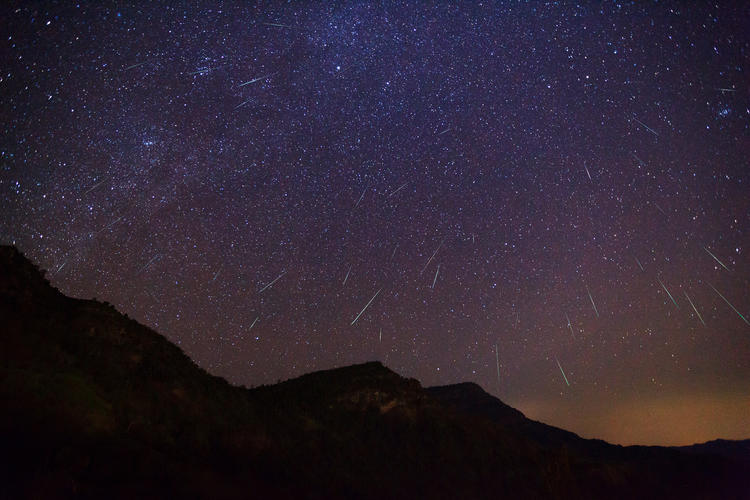FWIW an article about the Geminids published by Princeton University.

 research.princeton.edu
research.princeton.edu
Mysteries surrounding the origin of this meteoroid stream have long fascinated scientists because, while most meteor showers are created when a comet emits a tail of ice and dust, the Geminids stem from an asteroid – a chunk of rock that normally does not produce a tail. Until recently, the Geminids had only been studied from Earth.
Now, Princeton researchers used observations from NASA’s Parker Solar Probe mission to deduce that it was likely a violent, catastrophic event – such as a high-speed collision with another body or a gaseous explosion – that created the Geminids. The findings, which were published in the Planetary Science Journal on June 15, narrow down hypotheses about this asteroid’s composition and history that would explain its unconventional behavior.

Researchers demystify the unusual origin of the Geminids meteor shower
Princeton researchers used observations from NASA’s Parker Solar Probe mission to deduce that it was likely a violent, catastrophic event – such as a high-speed collision with another body or a gaseous explosion – that created the Geminids meteoroid stream, which produces one of the most intense...

